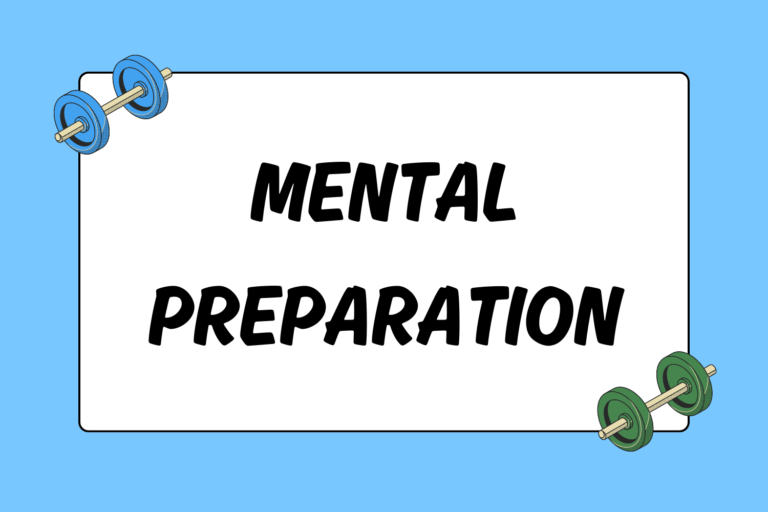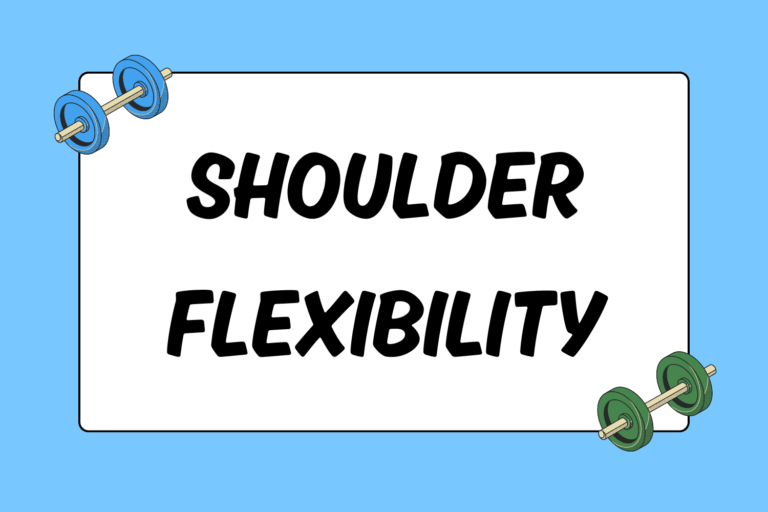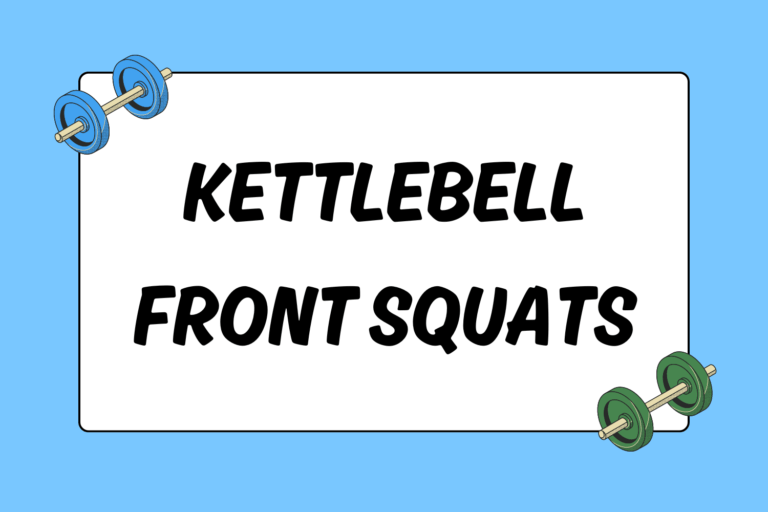The power clean (often referred to simply as “the clean”) has long been seen as a feat of strength; it is one of the most impressive of all the Olympic lifts. You may think of it as an exercise only needed and utilized by professional athletes or body builders, but this is simply untrue. The power clean demands respect as it requires flexibility, strength and most importantly, the coordination of a series of movements. This exercise works various muscle groups throughout the body, as well as the cardiovascular system. Read further to learn how to practice the power clean properly.
Benefits
Power cleans require practice, but when learned their benefits are vast:
- They work a variety of muscle groups throughout the body: By completing the power clean, you work muscles in the lower body, upper body, and core.
- They provide cardiovascular training: The explosive jumping motion required during the exercise strengthens the heart because it’s forced to pump more oxygen to your muscles.
- They can be practiced without weights at home: As you learn this lift, you can practice with a bar without any weights.
- They are very similar to other dynamic exercises: Once you have learned the clean, it will be easy to learn a variety of similar exercises, such as the deadlift, split clean, and hanging clean.
- They heighten core stability: The core stability required for the movements in the clean help athletes focus on engaging their core muscles as they complete the lift.
- They build explosive power: The explosive power required for this lift is advantageous for many sports, such as basketball, sprinting, and tennis.
Muscle Groups Worked
Power cleans focus on a variety of both large and small muscle groups in the lower body, upper body, and core:
- Quadriceps: The major muscle group in your thighs often referred to as your “quads.”
- Gastocnemius: The muscles in your calves usually referred to simply as your “calf muscles.”
- Hamstrings: The muscles in the back of your thighs.
- Gluteus maximus: The muscles in your buttocks often referred to simply as your “glutes.”
- Abdominals: The major muscles of your stomach commonly referred to as “abs.”
- Forearms flexors & extenders: The combination of various smaller muscles that work to flex and extend your forearm.
- Deltoids: These are the shoulder muscles: Anterior, medial, and posterior.
- Latissimus Dorsi: This mid-back muscle is located just below the shoulders and is known as your “lats.”
- Rhomboids: These are the smaller muscles located near the spinal column of the upper back.
- Trapezius: These are the smaller back muscles that connect from the lower neck to shoulders, commonly referred to as your “traps.”
Phases of the Power Clean
The power clean can be simplified into six phases.
1. Stance
To get into the proper stance, follow these steps:
- Stand in front of the bar so it almost touches your shins and assume a stance that is shoulder-width apart. Your weight should be evenly distributed between each foot’s heel and toes.
- Lower yourself by bending your knees to approximately 45 degrees, keeping your back flat.
- Grip the bar using a “hook” grip that’s slightly wider than shoulder-width apart: With your palms facing your body, wrap your fingers around the front of the bar and tuck your thumbs (which will be on the other side of the bar) under your fingers. Your hands should be outside of your knees and you should be looking straight ahead.
- Inhale deeply prior to the “first pull” phase.
2. First Pull (Scoop)
The first pull begins as you breathe out and pull the bar upwards, past your shins, thighs, and midsection. Use your legs and back muscles to initiate this movement by beginning to straighten your legs (your arms remain straight). The bar should almost brush the front of your body as you move it upwards.
Mental Edge
During the lift, focus on pulling with your back muscles and not with your arms. This will not only focus on the target muscles for this lift — lats, rhomboid and trapezeus — but it will also help prevent injuries in rotator cuff and deltoids.
3. Explosion (Second Pull)
The second pull (the “explosion”) is also done with your legs. During the first pull, you began to straighten your legs. Now you will start pulling the bar upwards:
- As your legs are reaching full extension, jump (getting your body off the ground as quickly as possible) and shrug your shoulders (at the same time). You will be pulling upward with your back and pushing yourself up with your legs in one powerful, explosive motion. Your goal is to move the bar upwards as quickly as possible.
- As your feet leave the ground, continue shrugging your shoulders and start bending your elbows in order to bring the bar further upward. Your wrists will begin to rotate upward as you do this.
- As your feet come down from the jump, continue bringing the bar upward. Your knees will begin to bend in preparation for landing. Your elbows and wrist will start to move under the bar as the bar goes past your chest in preparation of “racking.”
Hot Tip: Pull in a Linear Motion
As you pull the bar upwards, keep the bar as close to your body as possible. Imagine that it must skim your clothing as it moves upwards. This will keep the bar moving in a linear motion, forcing you to use your back muscles rather than your arms.
4. Rack Position
The rack position happens when your feet land back on the mat:
- As the bar is drawn further upward as you come down from your jump, your elbows will continue to move underneath the bar (now pointing straight forward), as will your palms.
- Once your feet land, allow your knees to bend as they absorb the force of your bodyweight. Your elbows should still be pointed forward and be at about shoulder-height. Snap the bar back onto the collarbone by bringing the backs of your hands towards the tops of your shoulders as quickly as possible. At this point, yours wrists will be fully flexed backwards and your palm will be under the bar.
- To facilitate this transition smoothly, you must allow the bar to roll from your palms to your fingertips as your wrists rotate backward. At the end of this motion, the bar should no longer be gripped by your thumbs, but in your fingertips.
5. Finish the Squat
After you’ve racked the bar, your knees will continue to bend back to the 45-degree angle they started with. Your weight should be evenly distributed between both feet. The bar will continue to rest on your fingertips at the collarbone.
6. Release
Finally, you’ll release the bar:
- Allow the bar to roll back onto your palms.
- Drop your elbows down towards your body in preparation for the release of the bar. At this point, your palms will be above the bar once again and facing downward. Your legs will still be bent at 45 degrees.
- Continue to lower the bar. As it reaches your upper abs, begin to extend your arms forward and downward as you push to release the bar. Your elbows and body will move backward as the bar drops. The bar should hit the ground in front of your body.
Safety
To ensure that you do not injure yourself when doing power cleans, it is important to follow a few simple guidelines:
- You must learn the movements of the power clean prior to attempting to lift any weight.
- Prior to doing the power clean, it is imperative that your body is adequately warmed up. Make sure you’ve also stretched your body, especially the ankles, hips, wrists, and shoulders.
- All jewelry, especially rings and necklaces, should be taken off. The weight on your fingers from the bar and the jumping motion of the lift could tear off a necklace or hurt your fingers if you’re wearing rings.
Common Mistakes
To avoid injury and get the full benefits of this lift, here are the most common errors to avoid when practicing the power clean:
- Always warm up: Never overlook the importance of properly warming up. If your body isn’t warm — especially your ankles, wrists, shoulders and hips — doing the clean can may case pain or injuries.
- At the top of your lift, maintain high elbows: Make sure your elbows are pointing straightforward at the top of your lift. Do not let them drop.
- Pull with your back muscles: Many people pull with their arms and not their back muscles. Pulling with your arms can cause injury, as well as an inability to lift a lot of weight.
- Maintain the proper trajectory for the bar: When lifting the bar up, many will pull the bar away from the body. The bar needs to remain on the trajectory of a straight line, starting from the floor and going straight up to your chest. Pulling the bar away from your body during the lift may cause injuries in the arms because the smaller muscles in your arms will be bearing too much weight.
Practice the Power Clean
The power clean is a welcome addition to any workout routine. It is a head-to-toe exercise as it works all major muscles groups in the body. A versatile lift, the clean develops explosive muscles that can be used for many sport and activities. Learn it and feel success!





